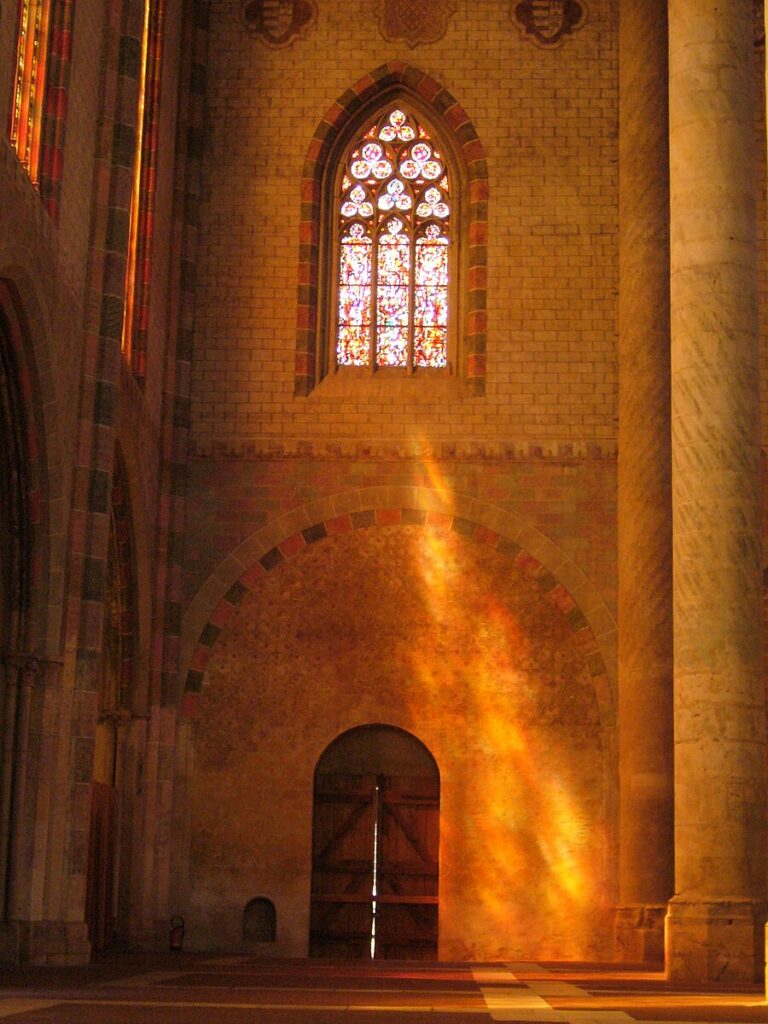People still struggling to wrap their heads around NFTs, generative AI art, and other new forms of expression might just give up at the idea of collecting experiences as art. The mere mention of the concept elicits questioning, like the title of the panel discussion, “Can you collect experiences?” hosted by VIV Arts, a new sales platform supporting artists and collectors in the experiential art sector, which was held at Christie’s London on Wednesday evening.
At Christie’s, VIV Arts co-founders Carlota Dochao Naveira and Oliva Sartogo, were joined by Ana Ofak, a co-founder of “hybrid” art collective Transmoderna, and Nassia Inglessis, founder of Studio INI, which couples design and scientific research with public engagement through immersive installations. The all-female panel, sadly lacking artist and stage designer Es Devlin due to unfortunate logistics, was all smiles as Nicole Ching, specialist advisor of 20th/21st century art at Christie’s, introduced them.
“If one is able to collect experiences, I can’t imagine anyone discussing this hefty topic better than these women,” she told the 90 or so people in attendance.
Prior to the event, Naveira told ARTnews that experiential art has “existed since the advent of installation art, ‘artist environments,’ ‘happenings’—a term coined by Allan Kaprow in the late ’50s—and time-based performance.” (Naveira and Sartogo were part of the founding team of Miami experiential art center Superblue).
Before the speakers dissected the topic at hand, the room was quickly profiled via a quiz entered by scanning a QR code on a flyer to reveal each audience member’s “artistic persona.” Answering a series of multiple-choice questions led to one of four personality outcomes: “aesthetic enthusiast”; “modern maverick”; social collector”; or “experiences explorer.” When the results came in, a show of hands indicated most people were the latter. Things were off to a good start.
“We launched VIV Arts this year with a mission to support artists creating experiences, and what we mean by experiences is essentially putting audiences at the center of artistic experiences.” Naveira said. “Having them become active participants of the experience instead of being passive viewers of arts.”
Is being a “passive viewer of art” becoming passé or even unacceptable? Naveira would probably argue so, and not just in the field of art. In an email she sent ARTnews prior to the event, she wrote that numerous reports have pointed to the “growing importance of experiences in many luxury and consumer industries.” (A survey released Tuesday by Dotdash Meredith and market research firm Ipsos, for example, found that luxury consumers, particularly Gen Z, value “experience over product.”)
Naveira gave the floor to Ofak. She explained that Transmoderna, which she co-founded with DJ Steffen “Dixon” Berkhahn in 2018, is both an artistic collective based in Berlin and also a small studio comprised of a team of artists, “developers from the computational realm,” engineers, and sonographers. They “explore the possibilities that arise from merging electronic music with computational arts.”
“Transmoderna is moving away from our home in the digital realm into a hybrid of sound imaging and media setup,” Ofak said. “We have tried, uncommonly, to intervene in the scene of clubbing and dance music. When we started, we wanted to break with DJing and introduce something more involved in internet and digital art, meaning introducing VR and AR into dance experiences.”






